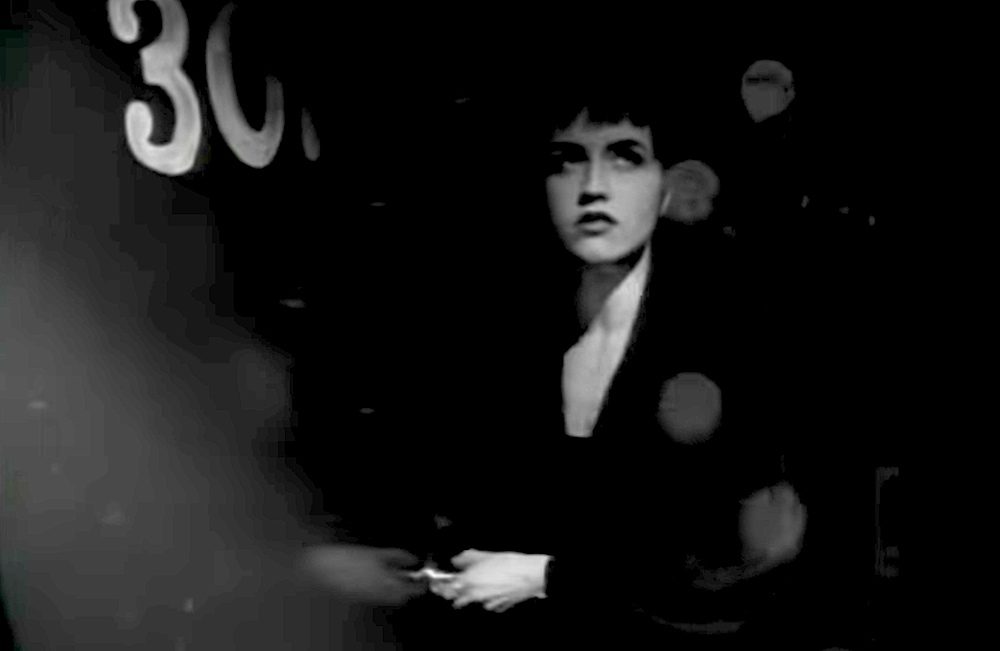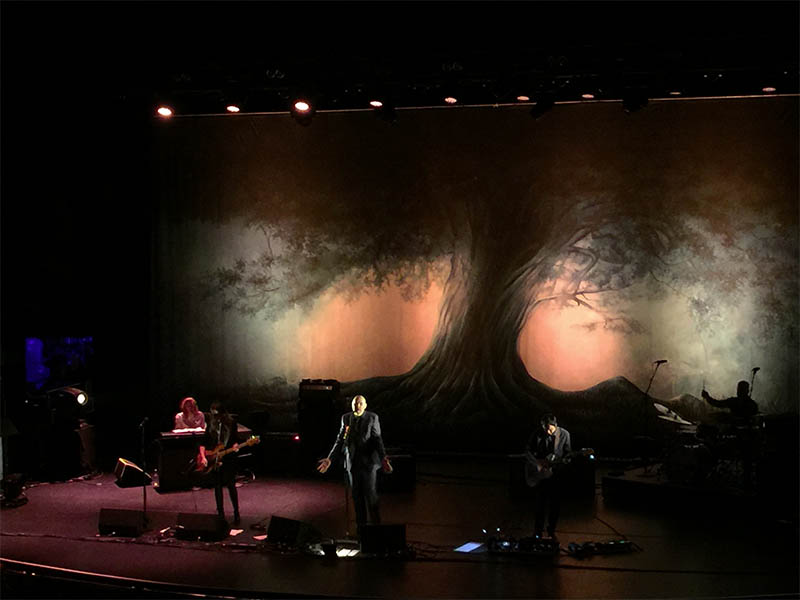ONLY NOISE: Remembering Dolores O’Riordan


When the Cranberries released their debut record Everybody Else Is Doing It, So Why Can’t We? I was not quite four years old. It was 1993, and two household DJs named Mom and Dad would determine my musical tastes for at least another five years. Those years passed quickly. By the time we were on the heels of a new millennium, I was finally catching up with the ’90s and the music that had shaped my first decade on Earth. Eventually, I would catch up with the Cranberries, too.
Interestingly enough, my introduction to the Cranberries (and the vast majority of ’90s music) did not come in the form of a mix CD or radio broadcast, but in soundtracks for film and television. Fragments of Cranberries songs must have drifted into my limbic system as I watched Clueless, Charmed, and countless reruns of Beverly Hills 90210. In 1995, 90210 staged a first kiss between oafish Steve Sanders and relative newcomer Clare Arnold while the Cranberries’ hit “Dreams” played softly in the background. “Dreams” made several other cameos, notably on the soundtrack of the 1998 rom-com You’ve Got Mail. This was an era when everyone looked forward to the latest Tom Hanks flick, so there’s no doubt that the movie was a vital text in my Cranberries 101 course.
At some point, the songs I’d heard coalesced, and a whole record came into focus. Scrolling past the plastic spines in my parents’ CD collection, I found Everybody Else Is Doing It, So Why Can’t We?. Now that I think about it, that copy must have belonged to my stepmother – she had a small store of Cranberries’ albums wedged between my dad’s Chris Isaak and Crowded House discs. Listening to Everybody Else in full allowed me to acknowledge the Cranberries as something other than film score footnotes. Only a decade late to the party, I finally recognized Everybody Else for what it truly was: a downright masterpiece. Now, days after losing the Cranberries’ heart and soul Dolores O’Riordan, I turn to that masterpiece in remembrance.
Given the concealed details of 46-year-old O’Riordan’s sudden death, it’s difficult not to speculate on what may have happened. The singer/songwriter had a history of mental heath issues, and it’s easy to jump to conclusions when that factor hints at contextualizing her unexplained death. For the sake of respect I will not make any assumptions. However O’Riordan’s passing does draw a darker shade on her body of work. She was the band’s chief lyricist, and the words she sang on the Cranberries’ first record – the one I hold the most dear – often clashed with the gorgeous melodies her band was so adept at crafting. Songs like “I Still Do” and chart topper “Linger” were studies in the bittersweet; the latter frequently passed off as a honeyed love ballad despite its gut-wrenching testimony of desire and rejection. “You know I’m such a fool for you/You got me wrapped around your finger,” O’Riordan cries in the song’s well-known chorus. “Do you have to let it linger?” The song’s striking arrangement was matched only by those universal words.
Thinking of the word “bittersweet,” I am only now realizing its relevance to everything about the Cranberries – their music, their end, even their name. Though it’s unlikely that the band had conceptual coherence in mind when they chose the name (they were first billed as The Cranberry Saw Us), nothing could be more apt a title than the tart and astringent fruit, one that only sweetens with added sugar. This sugarcoating revealed itself on “Dreams,” which reached #42 on the Billboard Hot 100 in 1994. “Dreams” is the outlier on Everybody Else, its blissed out major chords amplifying O’Riordan’s firsthand account of falling in love. There is nothing snide or ironic in her lyrics, just occasional caution. O’Riordan first dips a toe in the pool to test the temperature before splashing head first into a new relationship. “And now I tell you openly/You have my heart so don’t hurt me,” she warns, before yielding “Oh my life is changing everyday… /’Cause you’re a dream to me.” It is a rare moment of un-soured hope, the kind we’ve all cradled when following our hearts into uncharted territory.
O’Riordan and the Cranberries possessed a rare voice in music, one that was instantly recognizable from the moment they began. It was a timeless voice, too. Listening to Everybody Else today does not feel like I’ve boarded a time machine to 1993. The record retains an uncommon relevance, sounding at once of and beyond its time. If any of its songs were released today, they would sound just as fresh, honest, and gorgeous as they did 25 years ago. Dolores O’Riordan left behind a legacy of exceptional art in those 25 years. While art is no substitute for a human being, it is an eternal gift by which to remember one.







